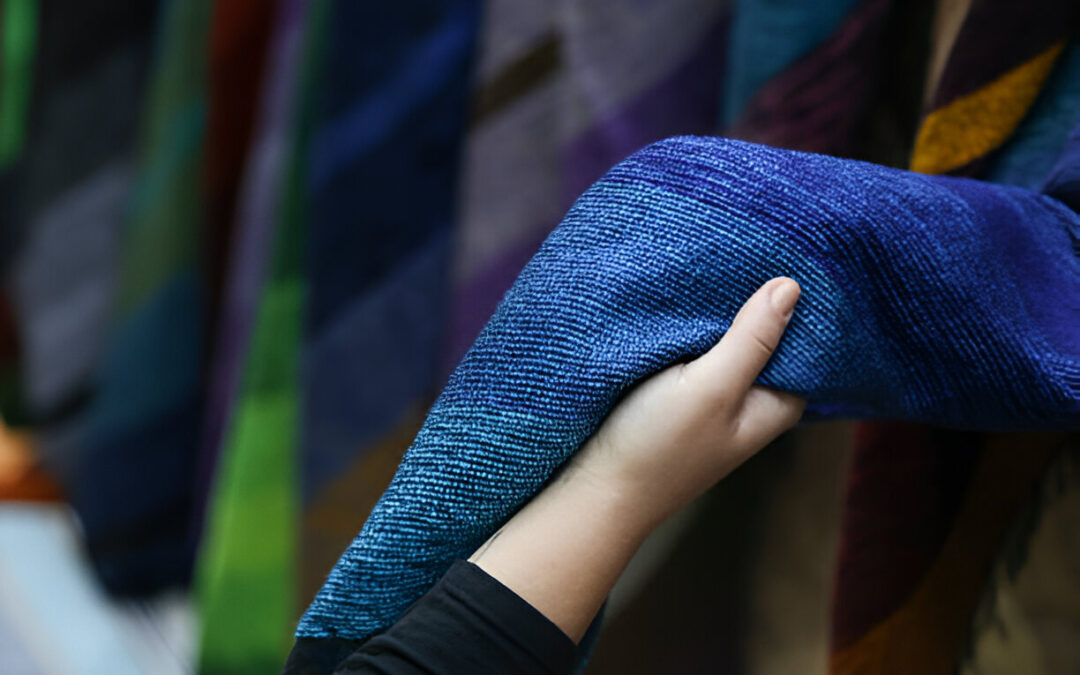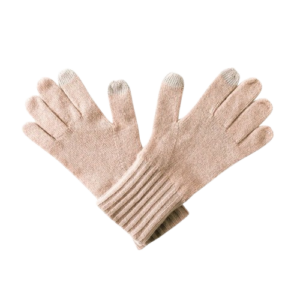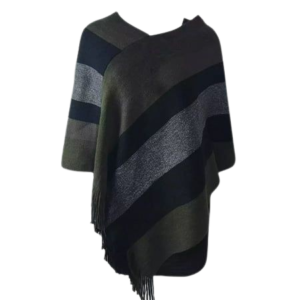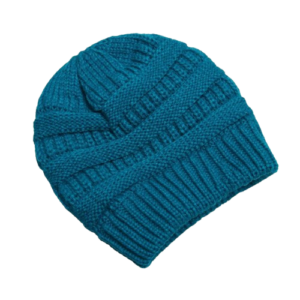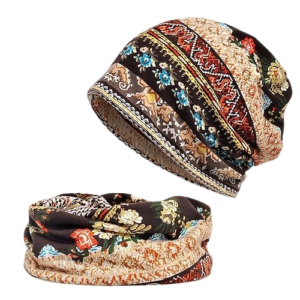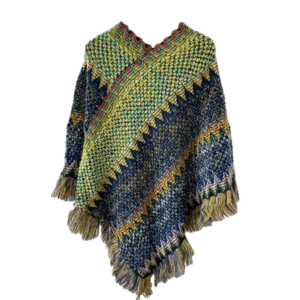Pashmina and cashmere are often used interchangeably, but while they share similarities, they are not the same. Both are luxurious fabrics known for their softness and warmth, but their differences lie in the origin, quality, and craftsmanship. This guide will help you understand the key differences between pashmina and cashmere, so you can make an informed choice when adding these exquisite textiles to your wardrobe.
The Origins: Where Do Pashmina and Cashmere Come From?
Cashmere: Cashmere is derived from the wool of the cashmere goat, which is found in various regions, including China, Mongolia, and India. The term “cashmere” is a Western adaptation of “Kashmir,” the region in India where the fabric was first woven into luxurious shawls and garments. Cashmere goats produce a soft undercoat that is harvested during the molting season, typically in spring, when the goats naturally shed their wool.
Pashmina: Pashmina is a specific type of cashmere that comes from the Changthangi goat, a breed native to the high-altitude regions of the Himalayas, particularly in Ladakh, India. The harsh climate of these regions prompts the goats to develop an exceptionally fine and soft undercoat, known as “pashm.” This pashm is what gives pashmina its superior quality and distinct feel compared to regular cashmere.
Fiber Fineness: The Key to Softness and Warmth
Cashmere: The fibers of regular cashmere typically measure between 15 to 19 microns in diameter. While this makes cashmere incredibly soft and warm, it is generally thicker than pashmina, contributing to a slightly heavier feel in the fabric.
Pashmina: Pashmina fibers are finer, usually measuring less than 15 microns in diameter. This ultra-fineness gives pashmina its signature softness and lightweight feel, making it one of the most luxurious fabrics in the world. The finer fibers also mean that pashmina is more delicate and requires more careful handling than regular cashmere.
Weaving and Craftsmanship: Handcrafted Excellence
Cashmere: Cashmere can be woven both by hand and by machine, depending on the intended use and the region where it is produced. Machine-woven cashmere is common and allows for mass production of cashmere garments, including sweaters, scarves, and shawls. While still luxurious, machine-woven cashmere lacks the unique characteristics of handwoven textiles.
Pashmina: Authentic pashmina is exclusively handwoven by skilled artisans, primarily in the Kashmir region of India. The process of creating a pashmina shawl is labor-intensive, requiring weeks or even months to complete a single piece. The handweaving process, combined with the fine pashm fibers, results in a shawl that is not only incredibly soft and warm but also a work of art, often featuring intricate patterns and embroidery.
Cost: The Price of Luxury
Cashmere: Due to its wider availability and the use of machine production, cashmere is generally more affordable than pashmina. However, high-quality cashmere, especially that which is handwoven or comes from reputable sources, can still command a premium price.
Pashmina: Pashmina is often more expensive than regular cashmere due to the rarity of the raw material, the labor-intensive handweaving process, and the superior quality of the fabric. Authentic pashmina shawls are considered a luxury item and are priced accordingly.
Durability and Care: Handling with Care
Cashmere: Cashmere is durable but requires proper care to maintain its softness and shape. It is prone to pilling, especially in areas of frequent friction, and should be hand-washed or dry-cleaned to preserve its quality.
Pashmina: Due to the fineness of the fibers, pashmina is more delicate than regular cashmere. It should be handled with great care, avoiding rough surfaces and sharp objects that could cause snags. Like cashmere, pashmina should be hand-washed or dry-cleaned and stored properly to prevent damage.
Versatility and Use: Everyday Luxury vs. Special Occasions
Cashmere: Cashmere is versatile and can be found in a wide range of garments, from sweaters to scarves to blankets. Its warmth and softness make it a popular choice for everyday luxury, suitable for both casual and formal settings.
Pashmina: Pashmina shawls are often considered special-occasion items due to their delicate nature and luxurious feel. They are commonly used as wraps for evening wear or as a statement accessory, adding a touch of elegance to any outfit.
Conclusion
While pashmina and cashmere share a common heritage, their differences are significant. Pashmina offers a finer, more luxurious experience, with a level of craftsmanship that makes it a prized possession. Cashmere, on the other hand, provides the same softness and warmth in a more accessible and versatile form. Understanding these differences will help you choose the right fabric for your needs, whether you’re looking for everyday luxury or a timeless, elegant piece to treasure for years to come.

